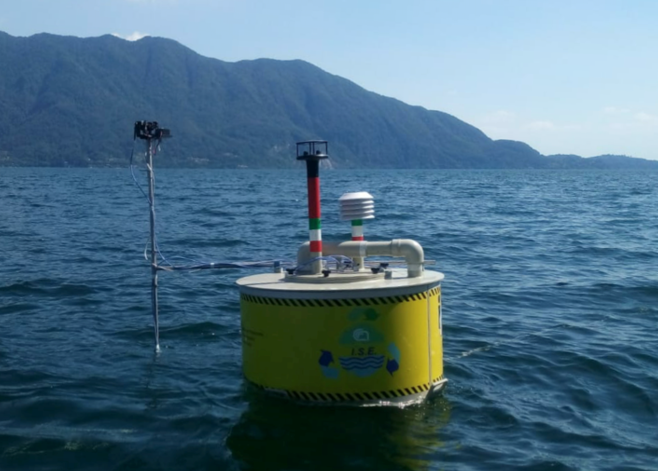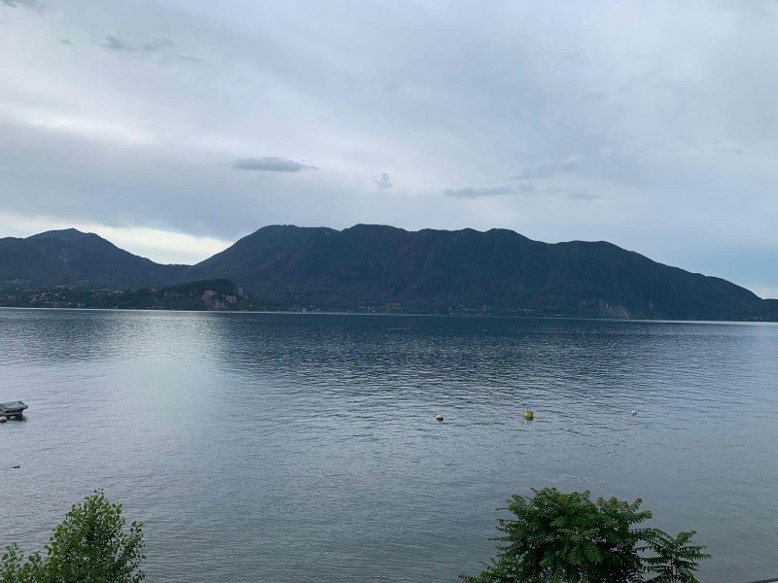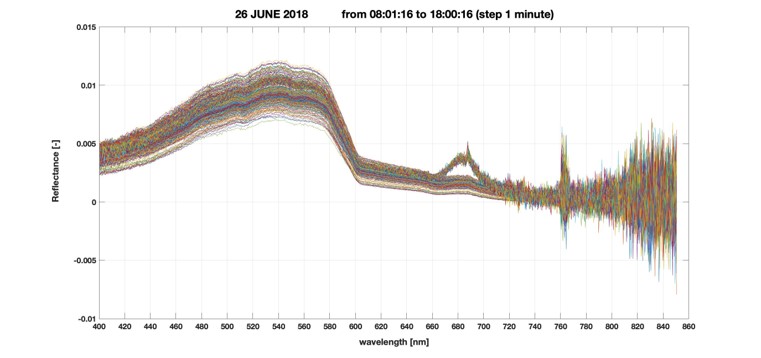
Water quality monitoring is typically involving in situ surveys performed by expert who collect water samples later analysed in the lab. This is of course a time consuming activity which raises up the overall cost.
Satellite remote sensing data are therefore suitable for such studies and well received in the water monitoring community, since the derived data can provide a synoptic view of water quality of the water bodies. Drawback is that remote sensing data are not continuous on time and sometimes affected by atmospheric absorption, making ground validation usually recommended. In addition, the spatial resolution of satellite images can be sub-optimal in some circumstances such as small river or lakes. In this context field spectroscopy is a key strategy to assess in situ, accurate and precise evaluation of water optical properties.
In collaboration with the Italian Research National Council (IREA CNR) JB Hyperspectral Devices has manufactured a RoX specifically designed for continuous and unattended hyperspectral measurements of water bodies.
The RoX has been installed on a buoy ((designed and managed by Dario Manca of the CNR-IRSA) abandoned in the middle of a lake (first acquisition made in the lake Maggiore, northern Italy).

CNR IREA-IRSA buoy installed at the lake Maggiore (Italy)
RoX is equipped by special waterproof fiber optics. The downward looking fiber is sink approximately 10 cm below the water surface, whilst the upward looking channel, ending with a cosine receptors, is ensured to an automatic gimbal always keeping the diffuser levelled. Finally, RoX is triggering a waterproof RGB camera whenever one spectrum is collected in order to get images of the scene together with the spectral information. The location of the acquisition is always stored as metadata for each acquisition.
This unique system is collecting measurement continuously, or at a predefined time interval, enabling to describe the quick dynamics characterizing the water ecosystem. The “water RoX” was detecting the tiny signal called sun induced fluorescence emitted by water in different time of the day, opening up new perspective of investigation for the scientific community.

Courtesy of Ilaria Cesana (unimib) and Mariano Bresciani (CNR IREA). Reflectances of the lake acquired during one day of measuremnts. The peak visible at 690 nm is the fluorescence emitted by water.
The promising results obtained so far make the water RoX a good candidate for an in situ network of hyperspectral instrument for satellite products validation and continuous monitoring of the optical properties of water bodies.